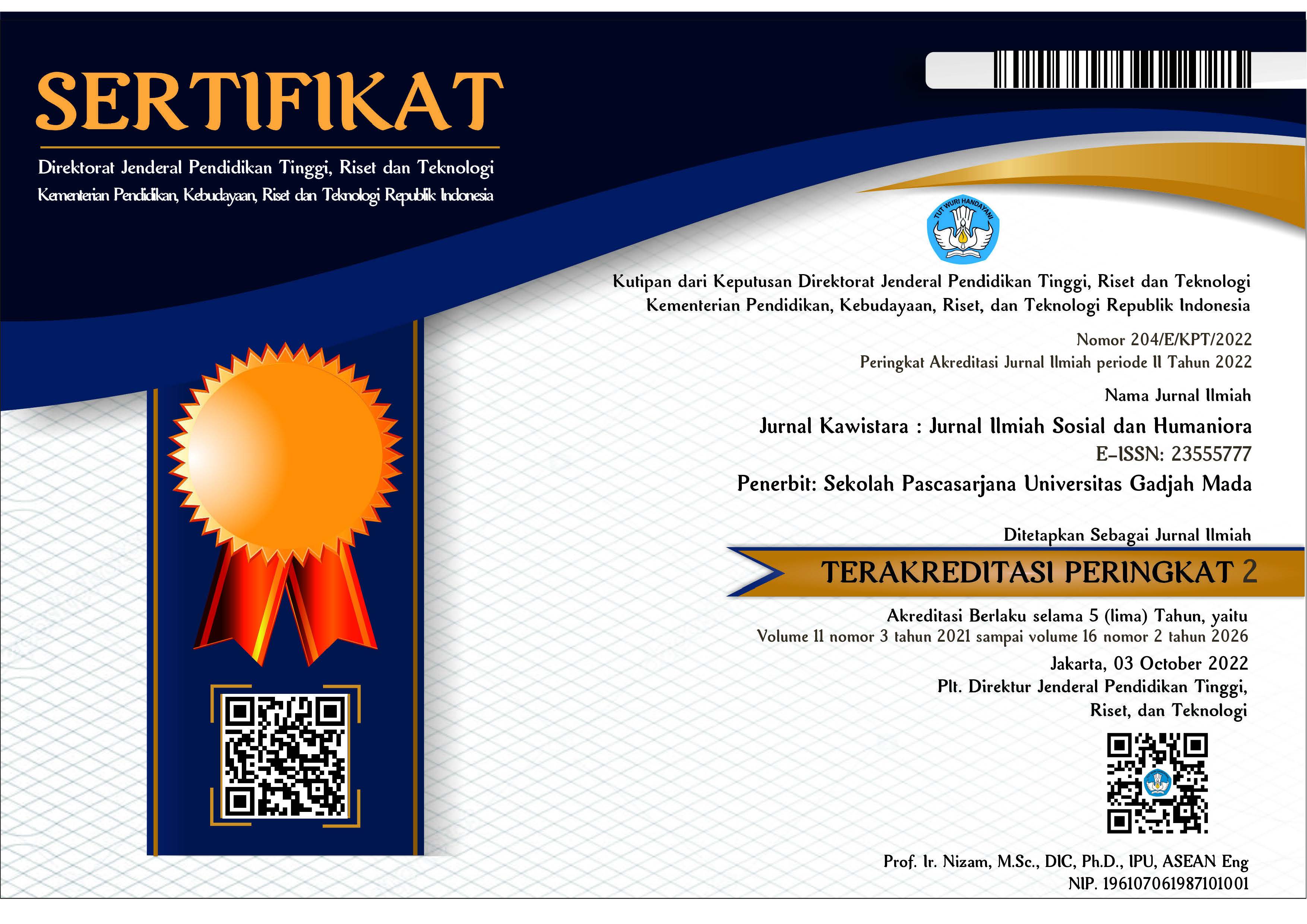A COMPARISON BETWEEN SATOYAMA AND THE AINU WAY OF LIFE
Devon Dublin and Noriyuki Tanaka(1*)
(1) Graduate School of Environmental Science Hokkaido University, Hokkaido Japan
(*) Corresponding Author
Abstract
This study compares the concept of Satoyama with that of the Ainu, with a view of establishing the cultural,
ecological and economical similarities between them and to examine the impact of the development
of Hokkaido on the Ainu human ecology. Research was conducted in the Noto Peninsula, and the
Hidaka region of Hokkaido. Data was collected through individual, household and group interviews,
questionnaire surveys, field visits and available documentation. Results revealed agricultural, ecological
and cultural-spiritual practices that were synonymous to Satoyama and that of the Ainu. Research showed
that the development of Hokkaido resulted in a necessary increase in agriculture in the Ainu communities
since it was no longer possible to live sustainably almost entirely from the gifts of nature; which holds
true for indigenous peoples globally. We posit that these commonalities provide a viable entry point for
the promotion of Satoyama if it is to be used as a developmental model for promoting the introduction of
new, effective and sustainable agricultural practices that are tailored to suit the local culture and existing
traditional knowledge, with a view of building sustainable indigenous communities globally, since it is
infrequent that modern systems practiced today mirror so closely traditional indigenous culture.
ecological and economical similarities between them and to examine the impact of the development
of Hokkaido on the Ainu human ecology. Research was conducted in the Noto Peninsula, and the
Hidaka region of Hokkaido. Data was collected through individual, household and group interviews,
questionnaire surveys, field visits and available documentation. Results revealed agricultural, ecological
and cultural-spiritual practices that were synonymous to Satoyama and that of the Ainu. Research showed
that the development of Hokkaido resulted in a necessary increase in agriculture in the Ainu communities
since it was no longer possible to live sustainably almost entirely from the gifts of nature; which holds
true for indigenous peoples globally. We posit that these commonalities provide a viable entry point for
the promotion of Satoyama if it is to be used as a developmental model for promoting the introduction of
new, effective and sustainable agricultural practices that are tailored to suit the local culture and existing
traditional knowledge, with a view of building sustainable indigenous communities globally, since it is
infrequent that modern systems practiced today mirror so closely traditional indigenous culture.
Keywords
Satoyama; Ainu; Agriculture; Ecology; Landscape.
Full Text:
PDFArticle Metrics
Refbacks
- There are currently no refbacks.
Copyright (c) 2016 Jurnal Kawistara
Jurnal Kawistara is published by the Graduate School, Universitas Gadjah Mada.











